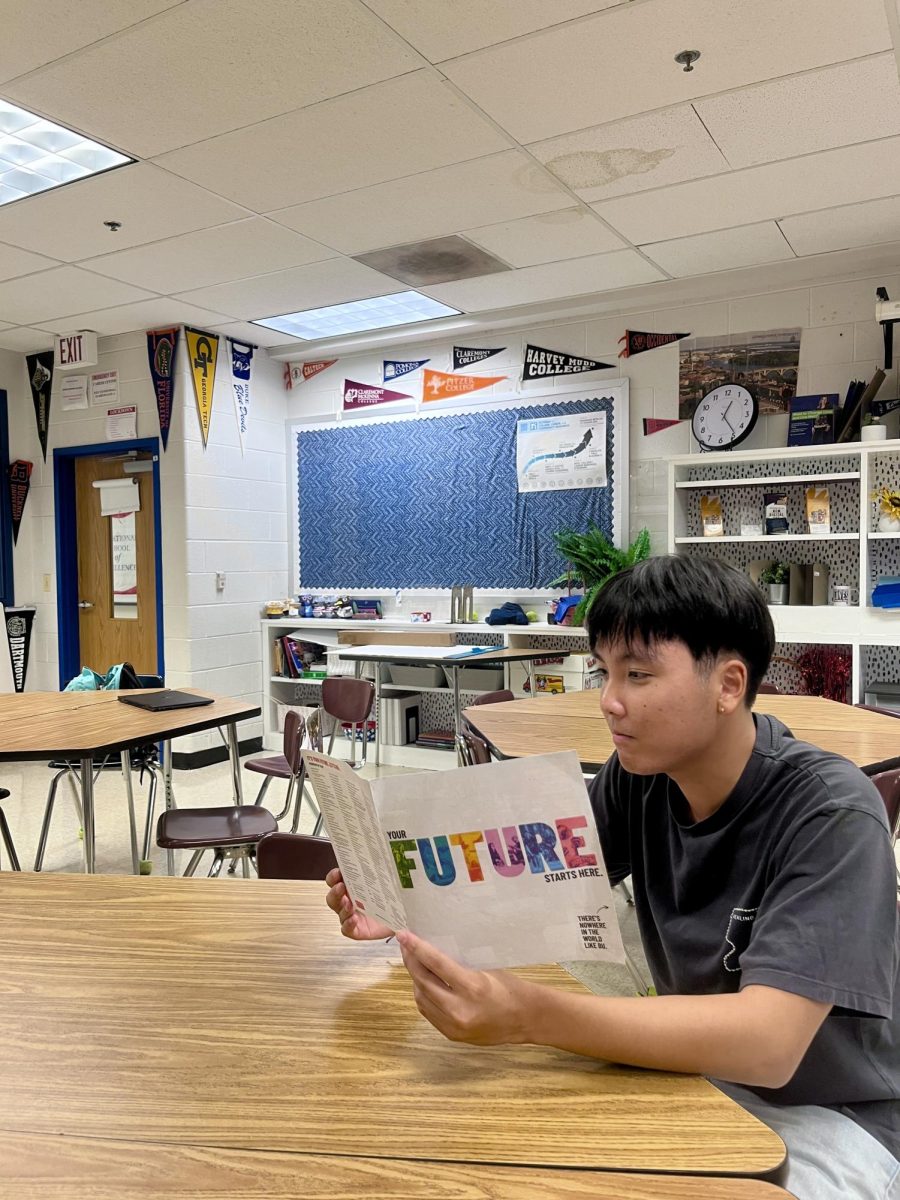Have you gone into a classroom and seen one teacher leave and another come in?
Teachers share classrooms due to limited classroom space, which o comes with challenges. “Teachers share classrooms when there is not enough classroom space for everyone to have their own dedicated classroom location. While many teachers at Wootton have one classroom location that is primarily their classroom, this does not happen for everyone. An example is a part-time teacher (someone who may only teach three sections of a class). This teacher may float between more than one classroom in the building,” Principal Douglass Nelson said.
Teachers have to adapt to sharing their space with someone else and adjust to new routines. “While I think virtually all teachers would prefer their own classroom it’s not that bad really. It is somewhat easier now that I have all of my assignments online so all I really carry with me is a computer and a few folders. It is much more of a challenge when you have papers and other educational aides to transport,” history teacher Christopher Thompson said.
One of the primary advantages of teachers sharing classrooms is the orderly use of space and resources. With the student population increasing and limited budgets, the school has struggled to provide classrooms for all teachers. By sharing classrooms, the school is able to maximize the use of available space, which ensures that each room is used efficiently throughout the school day.
Shared classrooms can also encourage stronger relationships among teachers. When teachers share a space, they are likely to exchange ideas, teaching strategies and resources. This can lead to an improved instructional practice and a better educational experience for students. “I’ve begun to know my colleagues in a more meaningful way than just the typical hello in the hallways, and gained insights I never would have gotten had I stayed in my classroom,” Lindsey Seynhaeve’s “No Room of One’s Room” said.
Despite the benefits, shared classrooms also come with challenges. One significant issue is the need for effective communication and coordination among teachers. Sharing a classroom requires accurate planning to ensure that both teachers have access to the necessary materials and technology at the time. “My department is the best around and very accommodating to any of my requests,” Thompson said.
An additional issue is the transition a teacher must make to a shared classroom. Halls are constantly crowded with students going to their next periods, which creates more of a struggle for staff to navigate through. “The biggest one is that students cannot find me. I am in three classrooms for three different periods. I have an office but students are most likely to just go to the room where I teach their class. The other challenge is just getting from one room to another; again, three rooms for three classes is a struggle sometimes – especially when there is no room available. For example, last year, there was no social studies room available during third period. I ended up floating to an English classroom,” psychology teacher Laura Parsons said.
An issue that is seen with sharing classrooms is the ownership of the room. “I don’t think this, but I know that many teachers feel that the room is ‘their’ room. I know that there are schools where everyone in the department may float to several classrooms throughout the day. We don’t have to do that extensively. However, I will say that with three people floating to different classes in any one year, it becomes difficult to ensure that they have space that they can consider theirs,” Parsons said.


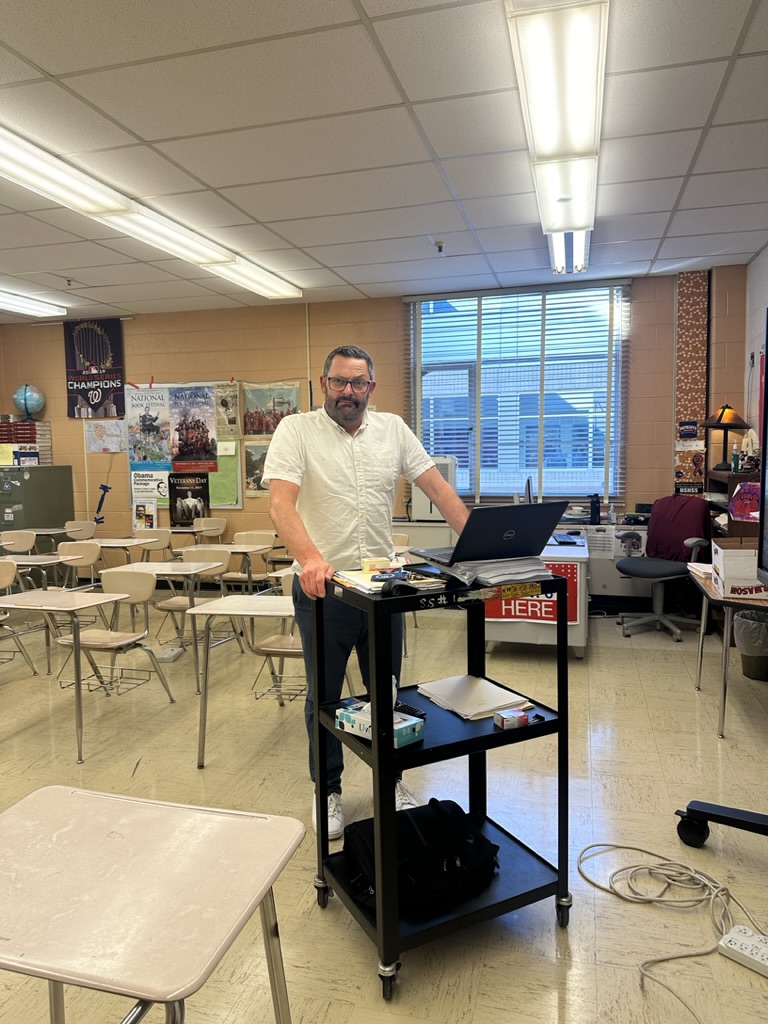

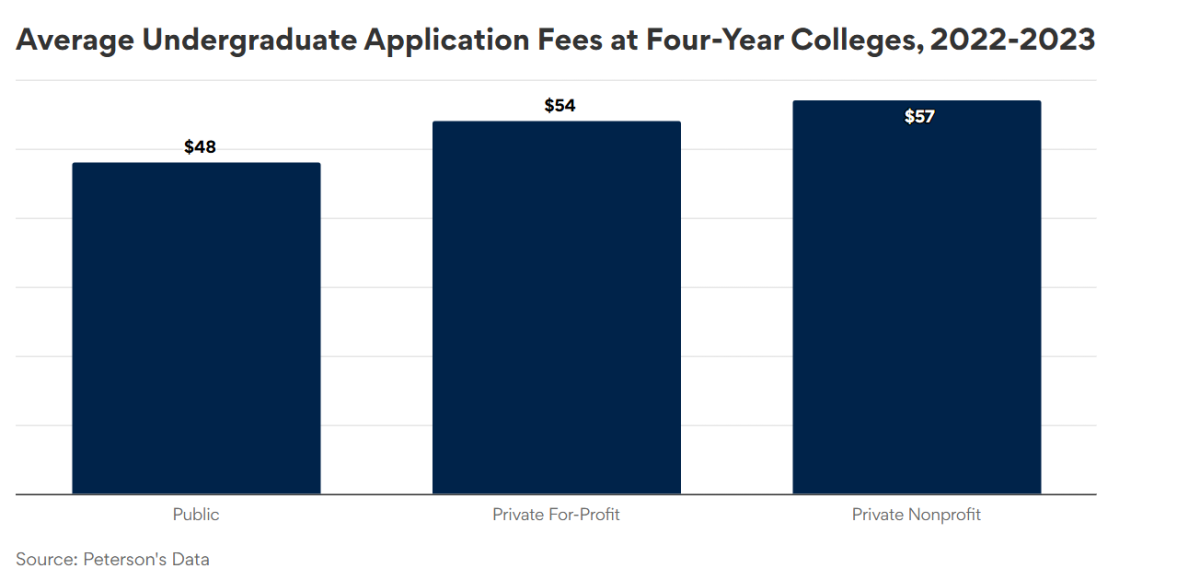
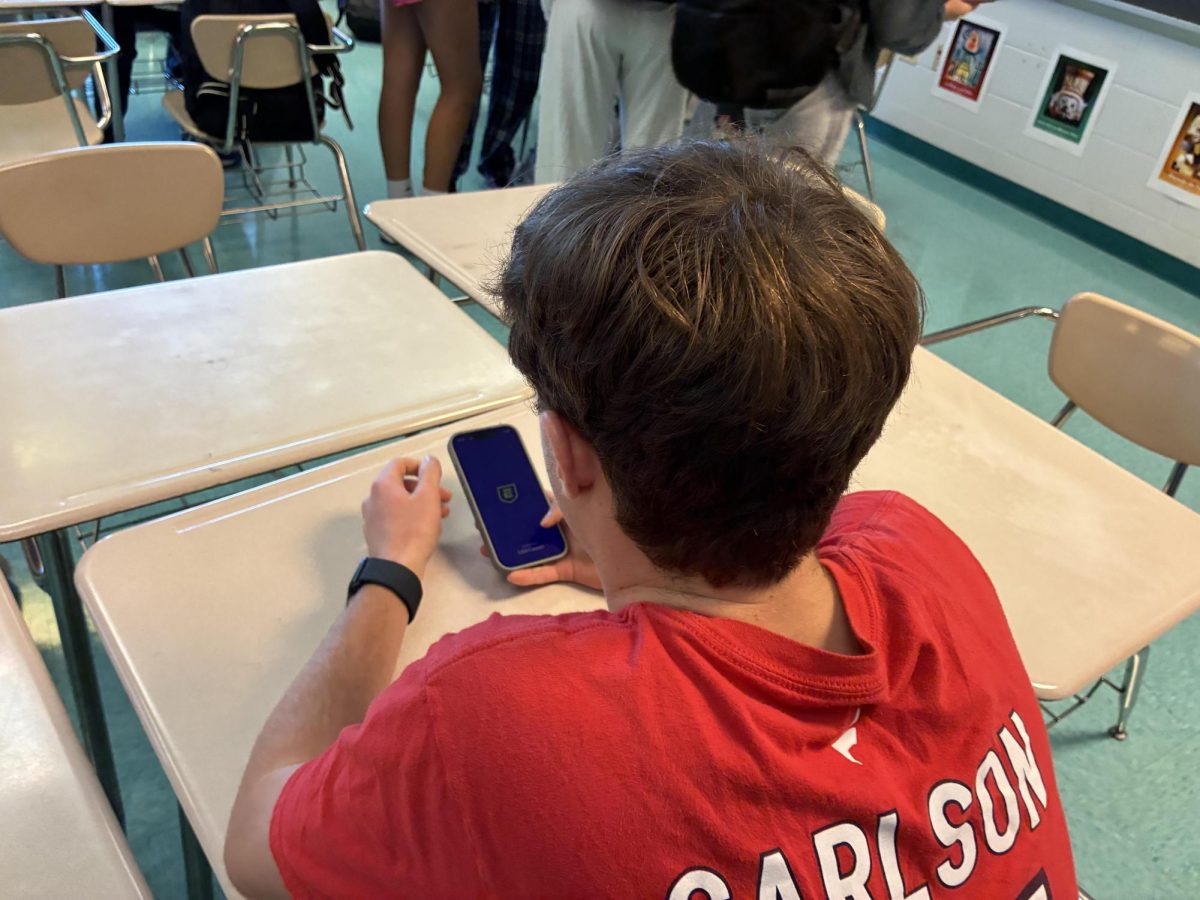
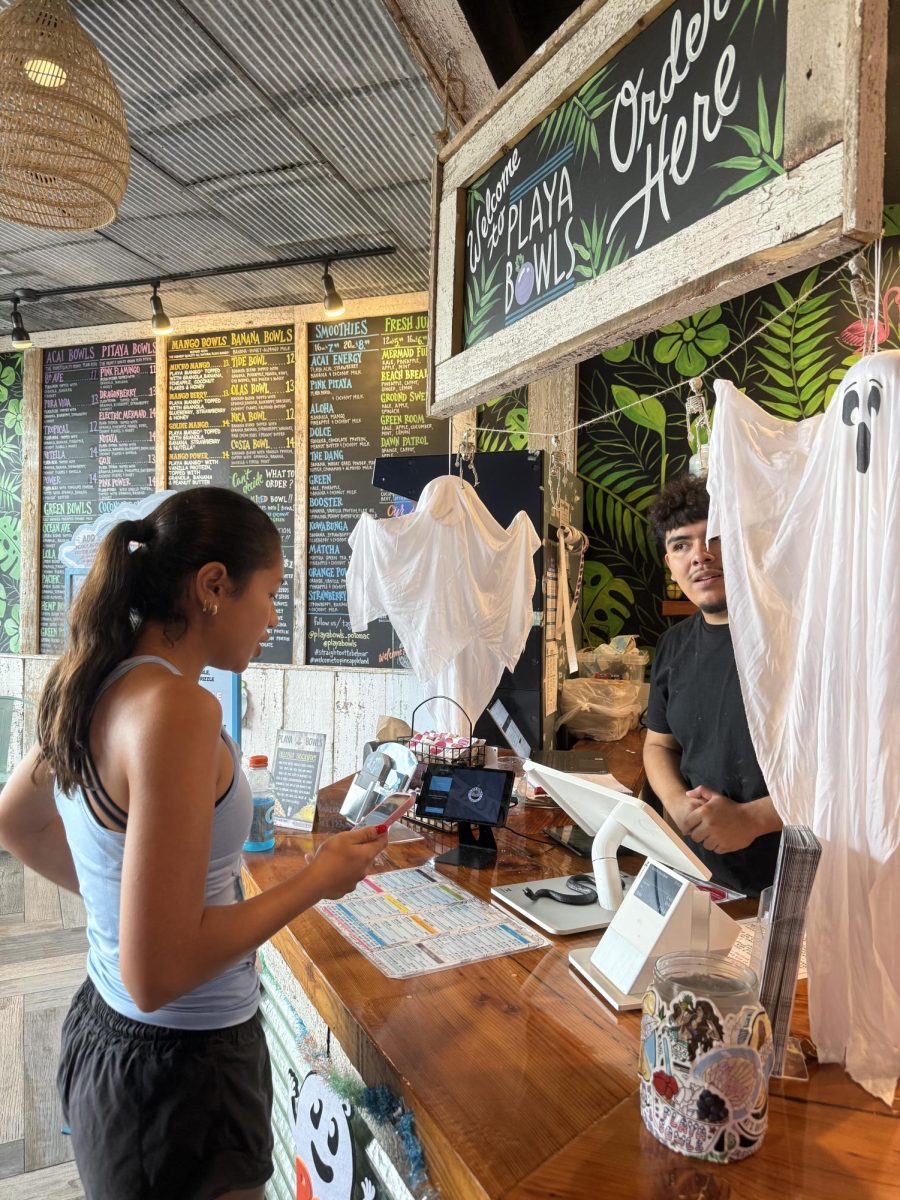
![Editors-in-Chief Ahmed Ibrahim, Helen Manolis, Cameron Cowen, Alex Grainger, Emory Scofield, Hayley Gottesman, Rebekah Buchman and Marley Hoffman create the first print magazine of the year during the October press days. “Only a quarter of the schools in MCPS have programs that are like ours, a thriving, robust program. That makes me really sad. This is not just good for [the student journalists] to be doing this, it’s good for the entire community. What [student journalists] provide to the community is a faith in journalism and that continues for their lifetimes," Starr said.](https://woottoncommonsense.com/wp-content/uploads/2025/10/wmpoFTZkCPiVA3YXA4tnGoSsZ4KmnKYBIfr18p3l-900x1200.jpg)
